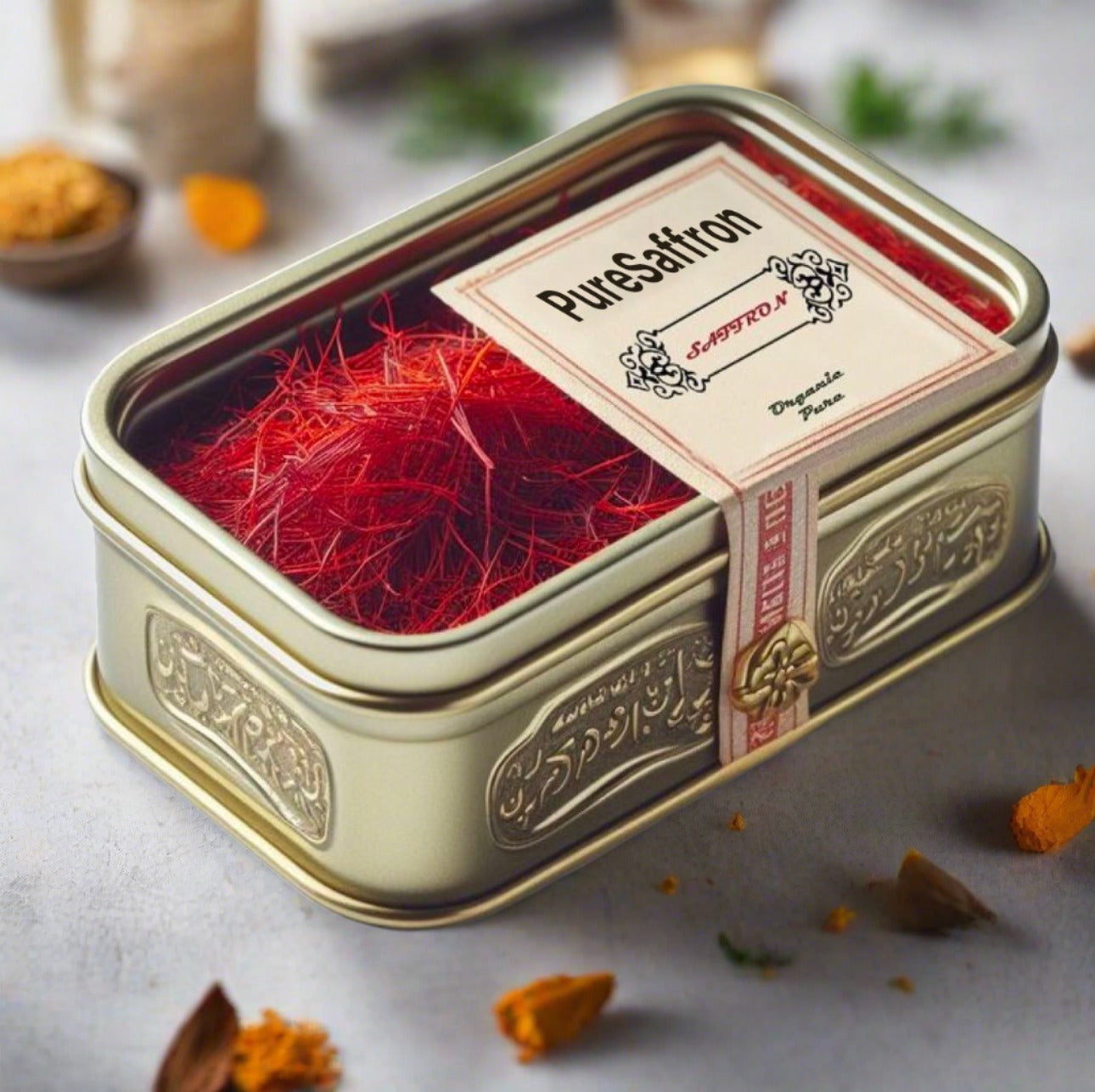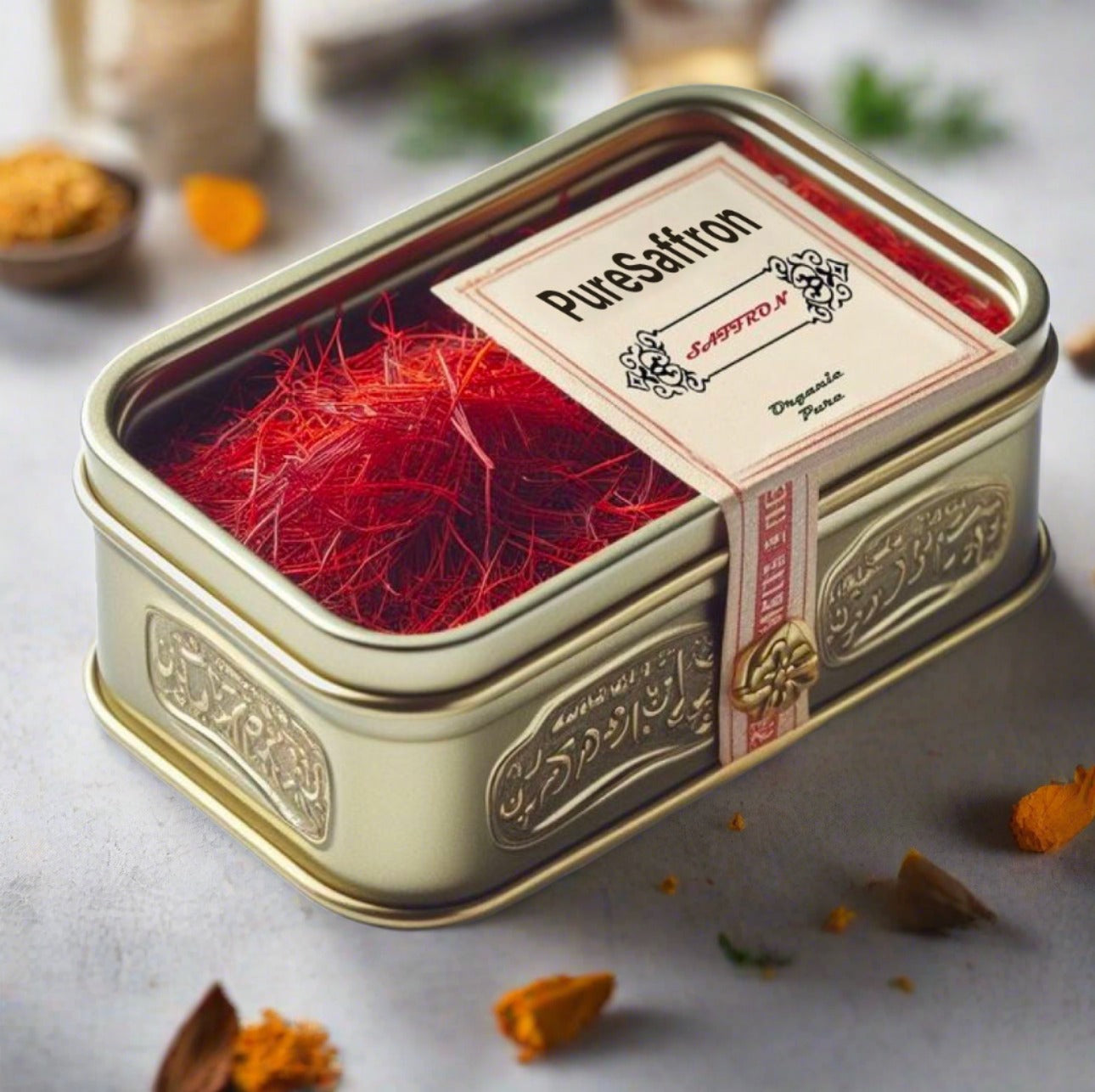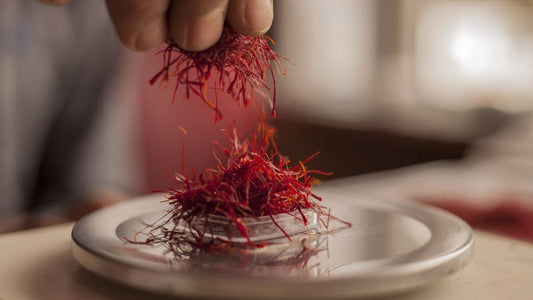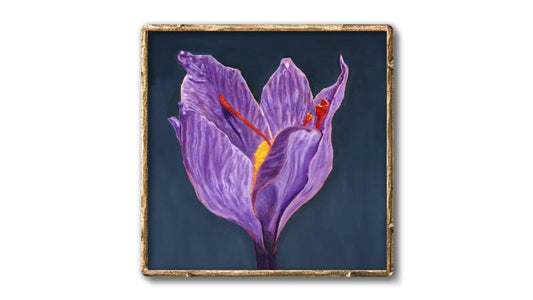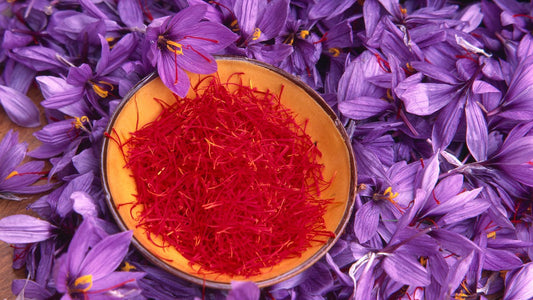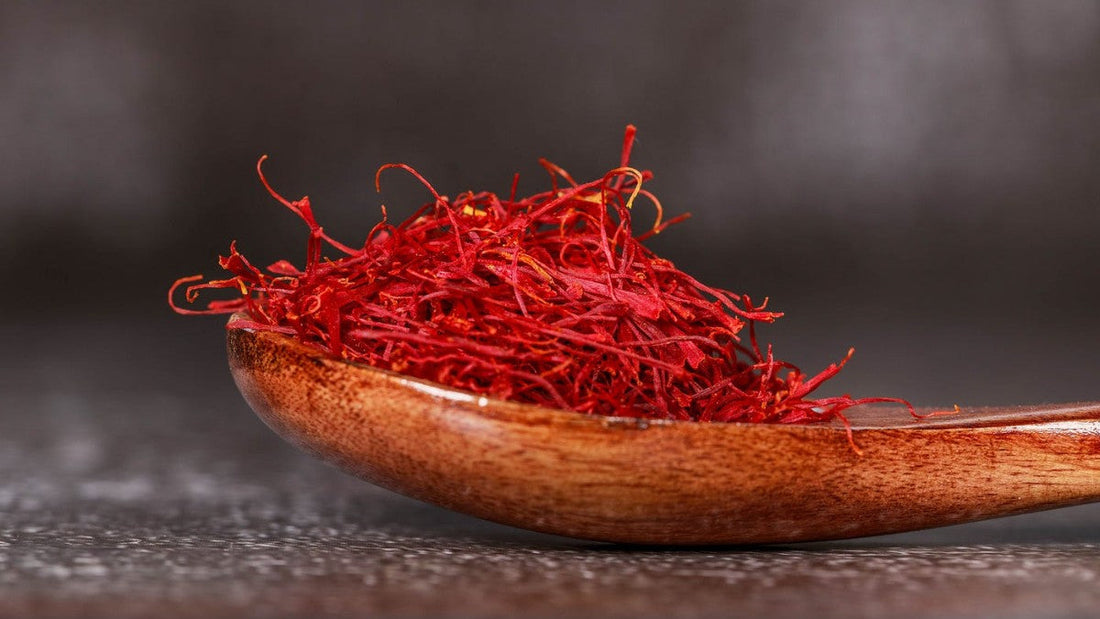
Saffron Symbolism: Exploring Its Deep Cultural and Spiritual Meaning
Ara OhanianShare
Saffron, often referred to as "red gold," is not just a prized spice with culinary and medicinal value; it carries rich symbolic meanings that transcend history, culture, and religion. From ancient rituals to modern traditions, saffron has held a place of honor in human civilization. Its vibrant color, rarity, and unique fragrance have made it a symbol of vitality, luxury, purity, and spirituality. Let’s dive into the fascinating world of saffron symbolism and uncover why it has captivated the hearts and minds of people for centuries.
The Origins of Saffron Symbolism
The symbolism of saffron can be traced back thousands of years. Derived from the flowers of the Crocus sativus, saffron threads have been used in various cultures not only as a spice but also as a dye, perfume, and sacred offering. Its rarity and labor-intensive harvesting process have given it an almost mythical status, making it a symbol of wealth and prestige in ancient civilizations.
In Ancient Persia, saffron was associated with joy and love. It was used in celebratory rituals, including weddings, where saffron-infused water was sprinkled to bless the union. Similarly, in Ancient Greece and Rome, saffron symbolized nobility and power, often adorning the garments of royalty and deities.
Saffron Symbolism in Religion and Spirituality
Saffron has deep religious and spiritual connotations in many traditions:
- Hinduism: Saffron is considered the color of purity and sanctity. It is often associated with ascetics and monks, symbolizing their renunciation of material desires. The saffron-colored robes of Hindu sages (sannyasis) are a testament to this symbolism.
- Buddhism: In Buddhist traditions, saffron robes are worn by monks to signify humility, simplicity, and spiritual enlightenment. The color is believed to represent the highest state of consciousness.
- Islam: In Islamic cultures, saffron has been historically used in calligraphy and art as a symbol of divine inspiration and creativity.
- Christianity: During the medieval period, saffron was used in religious ceremonies and was seen as a symbol of holiness and divine love.
Across these faiths, saffron serves as a bridge between the material and spiritual worlds, representing a connection to the divine.
Saffron Symbolism in Art and Literature
Saffron has been a recurring motif in art and literature, symbolizing beauty, passion, and opulence. Ancient poets often compared the golden hues of the sunrise to saffron, highlighting its association with renewal and vitality. For instance, Homer’s epic poems refer to "saffron-robed dawn" as a personification of the morning light.
In Persian poetry, saffron is frequently used as a metaphor for love and desire. Its deep golden-red color evokes the intensity of emotions, making it a favorite among poets and writers.
Modern Interpretations of Saffron Symbolism
In modern times, saffron continues to carry its rich symbolic meanings, albeit with new interpretations:
- Luxury: Saffron’s high price and rarity make it a universal symbol of extravagance and sophistication.
- Health and Vitality: With its numerous health benefits, saffron is now seen as a symbol of wellness and longevity.
- Unity: In nations like India, saffron is a prominent color in the national flag, symbolizing courage and selflessness.
Even in the fashion and beauty industries, saffron’s vibrant color is used to evoke feelings of elegance and warmth.
How to Experience the Symbolism of Saffron in Daily Life
Understanding the significance of saffron symbolism allows us to appreciate it on a deeper level. Here are some ways you can incorporate saffron’s symbolic essence into your life:
- Cook with saffron: Use saffron in your cooking to create dishes that are not only delicious but also rich in historical and cultural significance.
- Use saffron in rituals: Add saffron to your spiritual or meditative practices to connect with its sacred energy.
- Gift saffron: Share saffron with loved ones as a thoughtful gift symbolizing love, prosperity, and health.
If you’re inspired to experience the magic of saffron for yourself, visit our Persian Pure Saffron product page to explore the finest saffron available.
FAQs About Saffron Symbolism
-
1. Why is saffron considered a symbol of luxury?
Saffron’s rarity, labor-intensive harvesting process, and high cost have made it a symbol of luxury throughout history. It was once reserved for royalty and the elite.
-
2. What does saffron symbolize in spirituality?
Saffron symbolizes purity, enlightenment, and a connection to the divine in various spiritual traditions, including Hinduism and Buddhism.
-
3. How is saffron used in cultural rituals?
Saffron is often used in weddings, religious ceremonies, and traditional medicine to signify blessings, prosperity, and purity.
-
4. What does saffron’s color represent?
The golden-red hue of saffron represents vitality, energy, and sacredness. It is also associated with the sun and renewal.
-
5. Can I use saffron in daily life to honor its symbolism?
Yes, you can incorporate saffron into your cooking, beauty routine, or spiritual practices to embrace its symbolic meanings of health, beauty, and spirituality.
